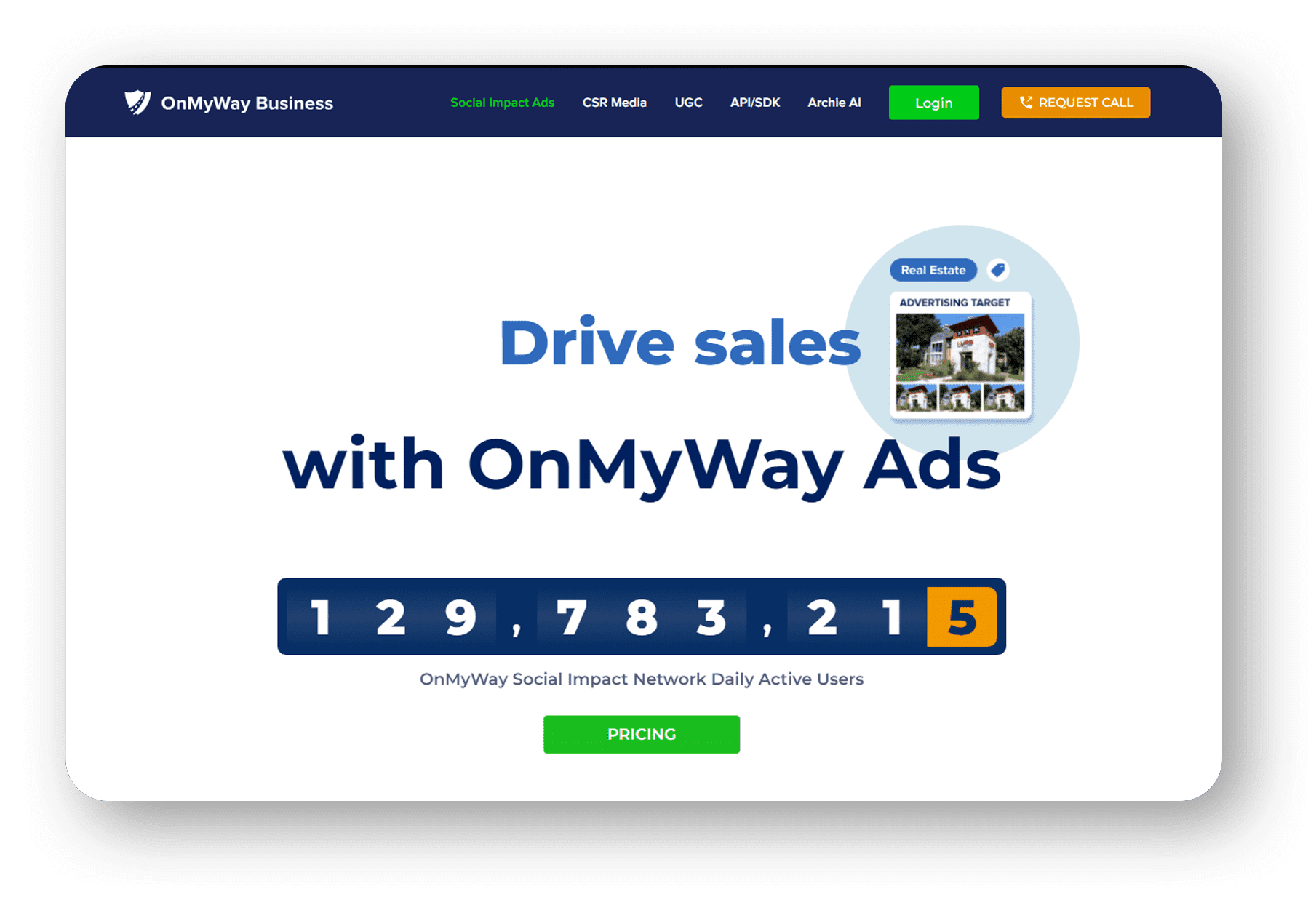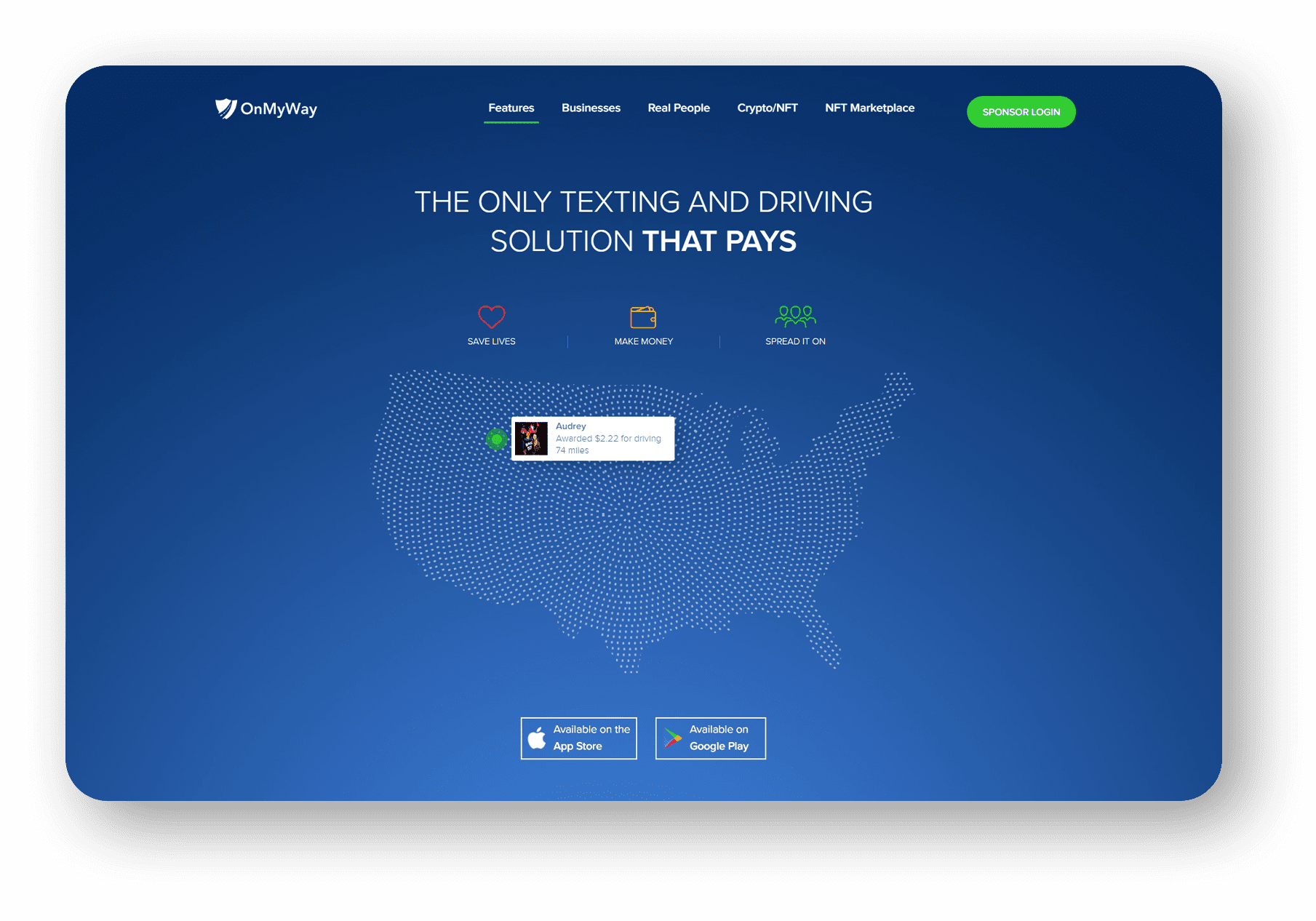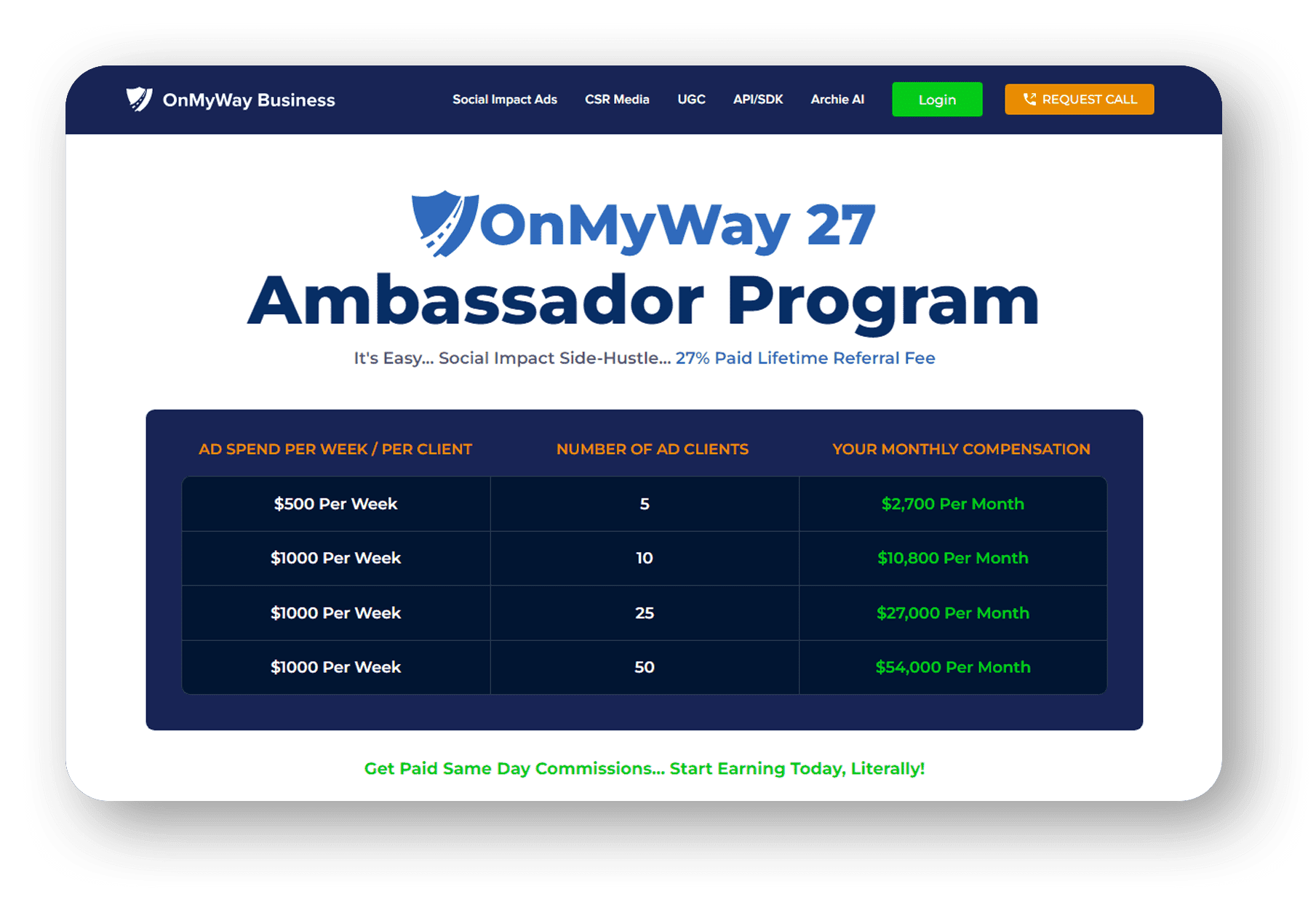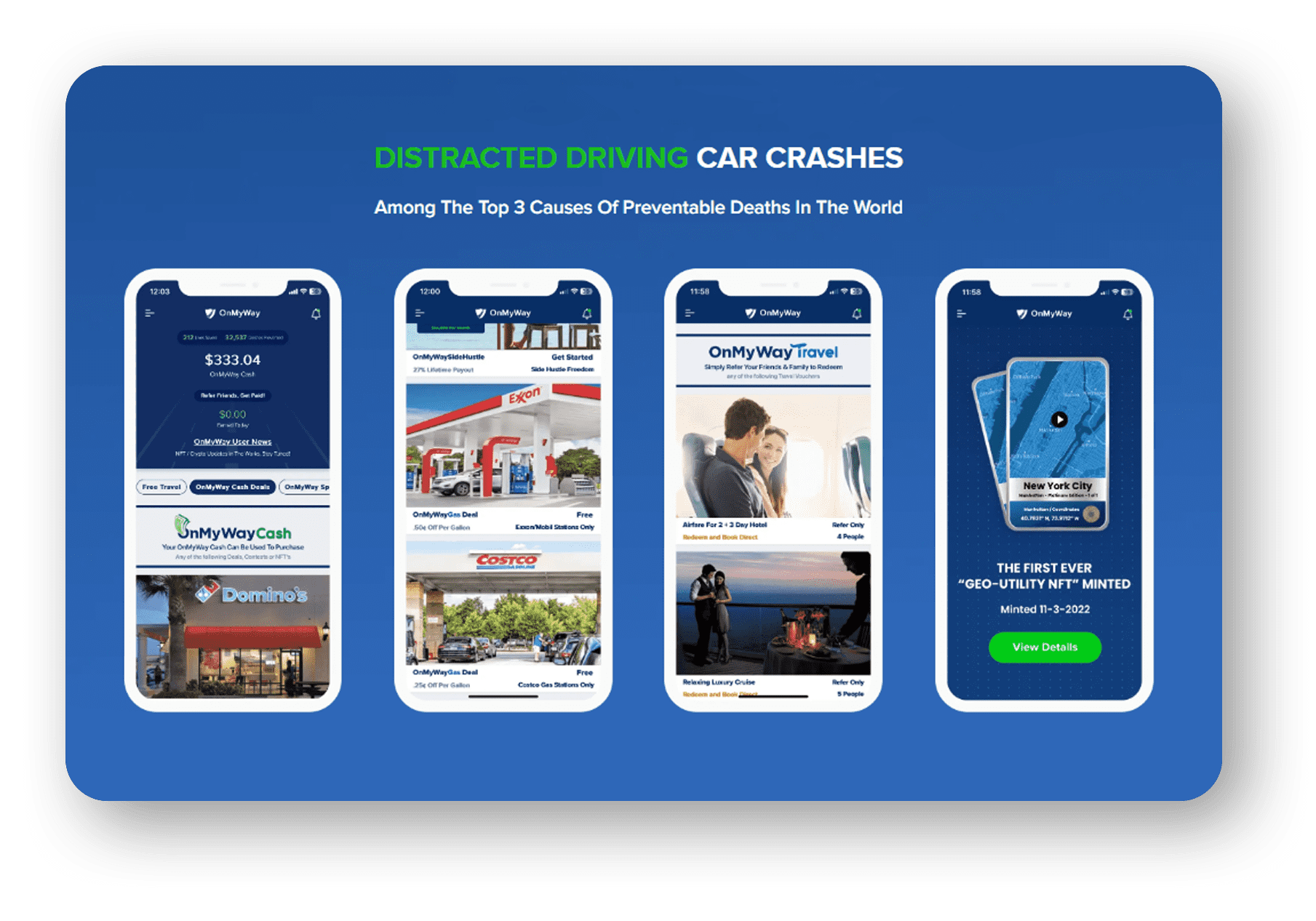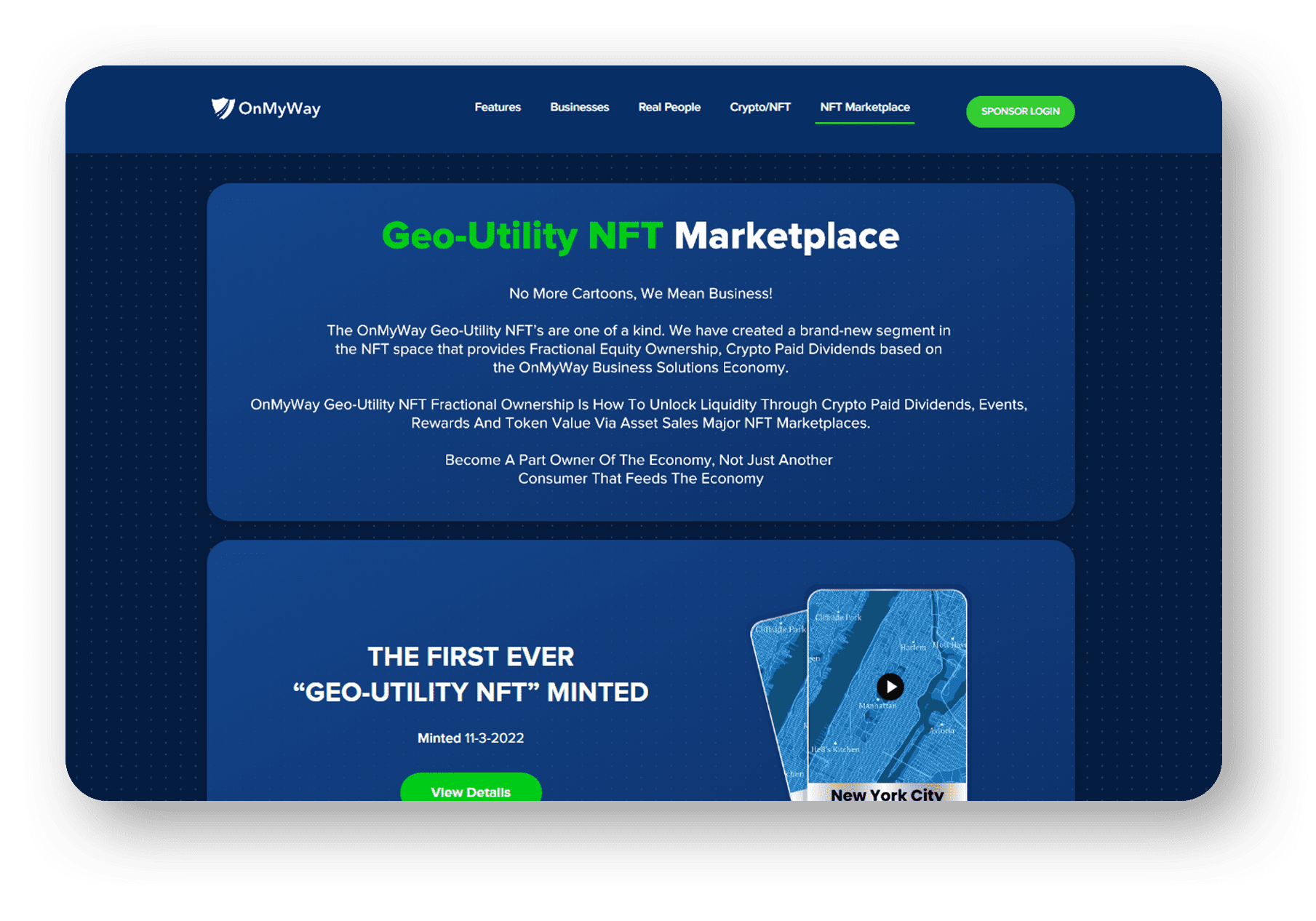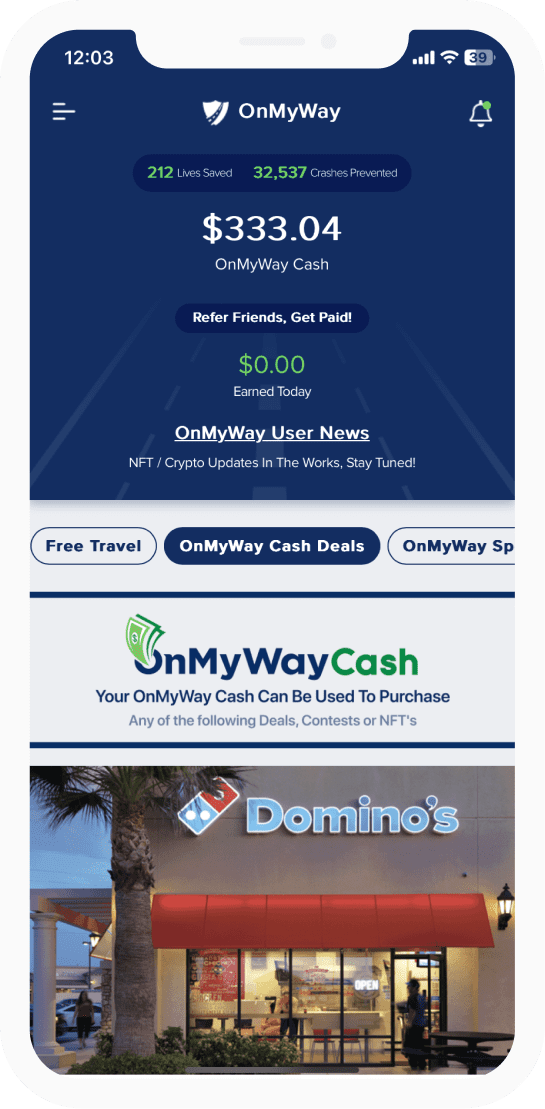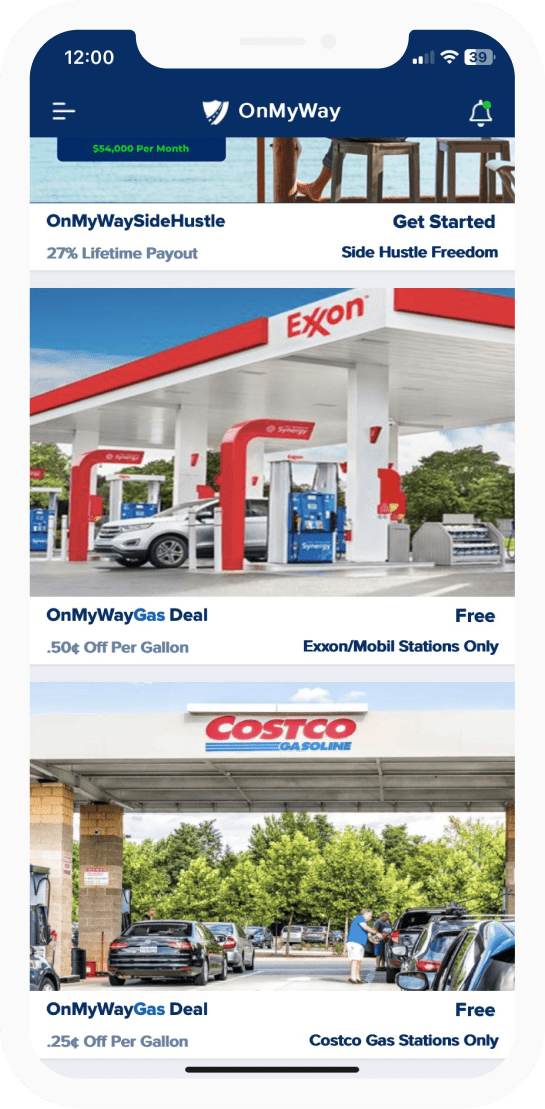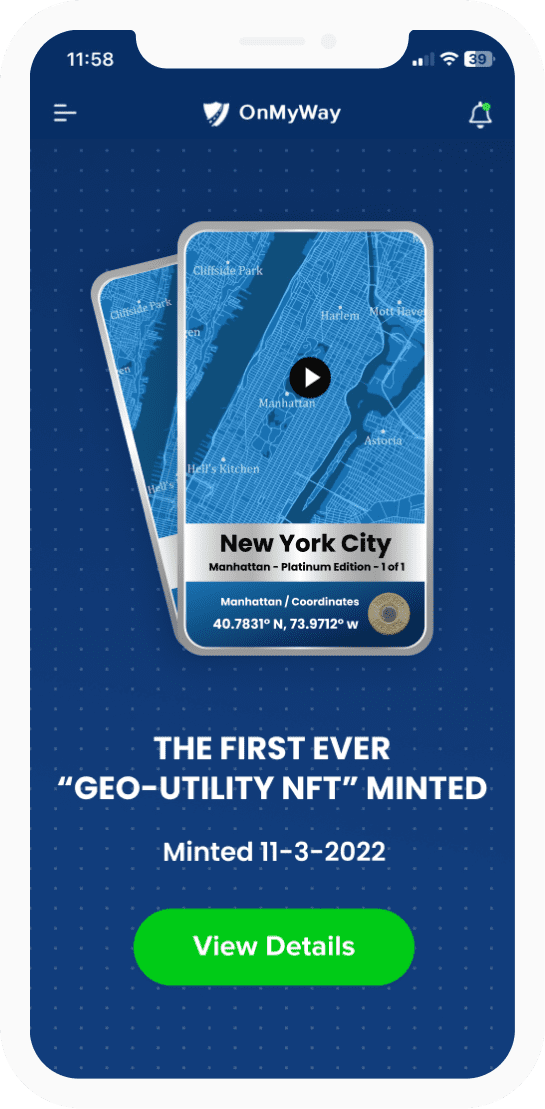
Planning to get away for a Fourth of July? Be prepared to share the road with a whole lot of other drivers.
With more than 47.7 million Americans expected to travel between July 1 and 5 for Independence Day, more than 91%, or 43.6 million travelers, will be hitting the roads this year. It’s the second-largest travel volume on record, even with commuting traffic still below pre-pandemic rates.
All those vehicles mean travel volumes are expected to jump 15% over normal, according to Bob Pishue, an analyst with transportation analytics company INRIX.
“Since Memorial Day, we’ve continued to see growth in the amount of people who are traveling,” Pishue said. “(At) almost every metro area that we looked at, we see (traffic) increases” during the upcoming holiday weekend.
Traffic backs up near the Chase road overpass in Sandwich, Mass. on Memorial Day afternoon.
Roads will be packed, in part, because many travelers are still avoiding other transportation options, which are more crowded and come with COVID restrictions like mask mandates.
So how can drivers be sure to avoid the worst bottlenecks? It’s all about timing.
“Friday’s the largest spike, no surprise,” Pishue said. “From 1 to 3 p.m. in some areas and 3 to 5 p.m. in others, Friday is going to be the most congested day.”
Pishue warned that return trips on Monday will face plenty of traffic as well.
“You can definitely expect to hit a few snags in those typical hotspots,” he said.
AAA Ohio Public Affairs Senior Manager Kimberly Schwind agreed. She said that Ohioans seeking to take an Independence Day road trip should expect to see high traffic volume late afternoon to early evening Thursday and Friday.
Residents returning home Monday evening will also encounter more cars on the road, she said.
The auto club also expects travel to return to near pre-pandemic numbers during the long holiday weekend with an estimate of just over 2 million Ohioans going out of town, falling behind 2.02 million in 2018 and just under 2.13 million in 2019.
“It’s going to be the third-highest Independence Day travel volume overall here in Ohio,” she said. “ We’re expecting a record number of people to be taking Independence Day road trips both here in Ohio and nationally.”
Much like Memorial Day weekend, Schwind said most people will be traveling by car, with an anticipated 95% choosing road travel, a percentage just over nationwide expectations.
She also said that while Ohioans tend to travel in-state during Independence Day weekend, she sees some flocking to East Coast beaches and Orlando, Florida, to celebrate the holiday.
Staying safe on the roadways this weekend is especially important, Trooper Brice Nihiser, the public information officer for the State Highway Patrol, said. He expects Ohioans traveling the “major arteries,” interstates and state highways, to experience the most traffic.
Nihiser said that the patrol, as well as other law enforcement, will be visible along the roadways throughout the day to help keep drivers and their passengers safe.
“Things like OVI (operating a vehicle while impaired), distracted driving, excessive speed, those are the things that we’re going to focus on not only during the day when a lot of people are traveling but also at night, when people might be coming back from parties,” he said.
According to Nihiser, 25 people were killed in 24 car crashes during the Fourth of July weekend last year, while 17 died in 16 fatal crashes in 2019. As a result, he encourages Ohioans to make sure they’re wearing seatbelts, following speed limits and not driving under the influence.
Schwind added that weekenders should do their “homework” and plan for extended wait times, long lines and any COVID restrictions at their destination.
“Talk with a travel agent, understand the restrictions that are in place in your destination, understand whether or not you need to make reservations for certain attractions.” she said, “just to make sure that you get to do everything that you want to do on your vacation.”
When should I hit the road for the Fourth?
These are the daily worst and best times to travel over the Fourth of July holiday, according to INRIX.
Thursday, July 1:
-
- Worst time: 3-5 p.m.
- Best time: After 7 p.m.
Friday, July 2:
-
- Worst time: 4-5 p.m.
- Best time: Before 12 p.m.
Saturday, July 3:
-
- Worst time: 11 a.m.-1 p.m.
- Best time: After 2 p.m.
Sunday, July 4:
-
- Road congestion not expected Sunday.
Monday, July 5:
-
- Worst time: 4-5 p.m.
- Best time: Before 1 p.m.
Overview
OnMyWay Is The #1 Distracted Driving Mobile App In The Nation!
OnMyWay, based in Charleston, SC, The Only Mobile App That Pays its Users Not to Text and Drive.
The #1 cause of death among young adults ages 16-27 is Car Accidents, with the majority related to Distracted Driving.
OnMyWay’s mission is to reverse this epidemic through positive rewards. Users get paid for every mile they do not text and drive and can refer their friends to get compensated for them as well.
The money earned can then be used for Cash Cards, Gift Cards, Travel Deals and Much, Much More….
The company also makes it a point to let users know that OnMyWay does NOT sell users data and only tracks them for purposes of providing a better experience while using the app.
The OnMyWay app is free to download and is currently available on both the App Store for iPhones and Google Play for Android @ OnMyWay; Drive Safe, Get Paid.
Download App Now – https://r.onmyway.com
Sponsors and advertisers can contact the company directly through their website @ www.onmyway.com.
The company also makes it a point to let users know that OnMyWay does NOT sell users data and only tracks them for purposes of providing a better experience while using the app.



